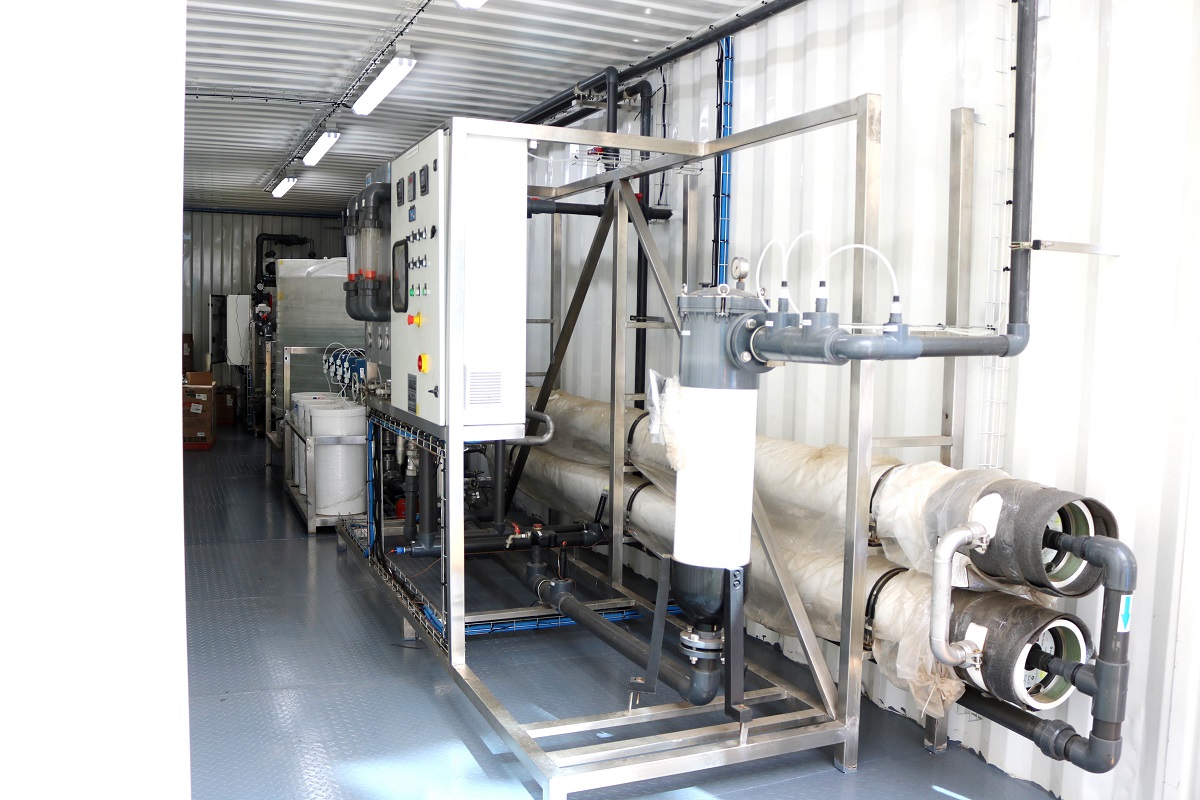Davis & Shirtliff has introduced containerised water treatment plants into the market, to serve large communities, organizations and industries operating in remote or emergency situations.
The water and energy solutions provider said it is primarily targeting military operations, disaster management operations, mining and exploration sites and other institutions like hospitals and schools where they may need to temporarily supplement their water supply during periods of shortages.
“These new-age treatment plants have the ability to accommodate a wide variety of feed water sources including saline, turbid or highly mineralized water, making the units ideal for a myriad of applications. With production capacities of up to 500,000 litres per day, the systems can be operated as standalone units and feature all necessary components required to purify most water sources to potable water quality,’’ said Davis & Shirtliff CEO David Gatende.
See: Keeping Money in the Bank Won’t Make You Wealthy
The plants also come with an inherent source of power that allows users to power using solar systems or generators, an assortment of pumping and water treatment equipment, electronic controls, system monitoring accessories as well as portable water storage facilities.
Water purification technologies used in the system include multi-media filtration, activated carbon filtration and ultrafiltration for highly turbid and silted water, reverse osmosis for highly mineralized or brackish water and chlorine or ultraviolet light for disinfection.
“In some cases, anti-scalants and other chemicals may be used to address specific feed water conditions and operational circumstances. The system guarantees that water is treated according to global standards,” Gatende said.
The units are available in standard 20 or 40-foot container sizes and can be customised into even smaller sizes based on customer needs. They have a production capacity of up to 10,000 litres per hour of Reverse Osmosis treated water or up to 20,000 litres per hour of ultra-filtered water, and the capacity is scalable to meet the user demand.
A standard unit capable of producing about 50,000 litres per day would cost approximately Sh 10 million. However, the design, and ultimately the price, is highly dependent on feed water conditions, desired application and product water quality requirements.
Davis & Shirtliff has already built and delivered over 30 units which are currently distributed all over the East and Central Africa market for use in military, mining and exploration as well as emergency response operations.
In January last year, the company partnered with a German solar company SMA Solar Technology where Davis & Shirtliff was appointed a regional partner for SMA inverters.
SMA is a producer and manufacturer of solar inverters for photovoltaic systems with grid connection, off-grid power supply and backup operations and is present in 20 countries. The company made sales worth 900 million euros in 2017.
The SMA solar system as explained by Davis & Shirtliff’s Technical Director Eng Philip Holi works on the grid-connected photovoltaic power system, or grid-connected PV system.
It is an electricity generating solar PV system that is connected to the mains supply. It consists of solar panels, one or several SMA inverters, a power conditioning unit and grid connection equipment.
“The system ranges from small residential and commercial rooftop systems to large utility-scale solar power stations. Unlike stand-alone power systems, a grid-connected system rarely includes an integrated battery solution, as they are still very expensive. With necessary approval by Energy Regulatory Commission, the grid-connected PV system supplies the excess power, beyond consumption by the connected load, to the utility grid,” Holi explained.
The manufacturing industry is being urged to adopt clean and renewable energy sources like solar to power their plants and help their business cut costs and become more energy independent.
Companies and organisations of all shapes and sizes and in nearly every sector are making concrete moves to install solar systems to lower their energy bills.

